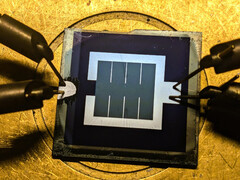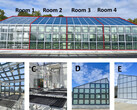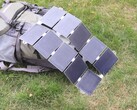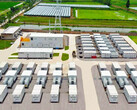Each film measures an incredible 2 μm thin and actually comprises four layers stacked on top of each other: a CIGS crystal layer (composed of copper, indium, gallium and selenium), an intermediate layer made of aluminium-doped zinc oxide, a perovskite layer, and a contact layer at the bottom.
In contrast, the active layer in a commercially available solar module needs to be at least one hundred times thicker. This results in substantially higher material usage, increased weight, and a lack of flexibility for other potential applications.
By optimising the contact surfaces between the two sections of a tandem solar cell, which needs to let light through with as little interference as possible, researchers were able to improve the cell’s efficiency to 24.6%. This figure has been verified by the Fraunhofer Institute for Solar Energy Systems ISE using a specific measurement process.
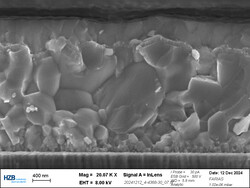
The researchers at Helmholtz-Zentrum are also confident that the efficiency can be pushed beyond 30%. This would place the thin-film solution among the best tandem solar cells, but at a fraction of their materials input.
Whilst we don’t know how durable the paper-thin film will be in long-term use, perovskite-based solar modules – at least highly efficient ones – experience considerable efficiency loss when moisture and sunlight come into play.
The production process must also be significantly simplified before the thin-film cell is ready for real-world use. Proper application of layers less than 1 μm thin requires a cluster system with vacuum chambers and transfer chambers, meaning the technology is still a long way from the realm of $300 balcony solar panels.




